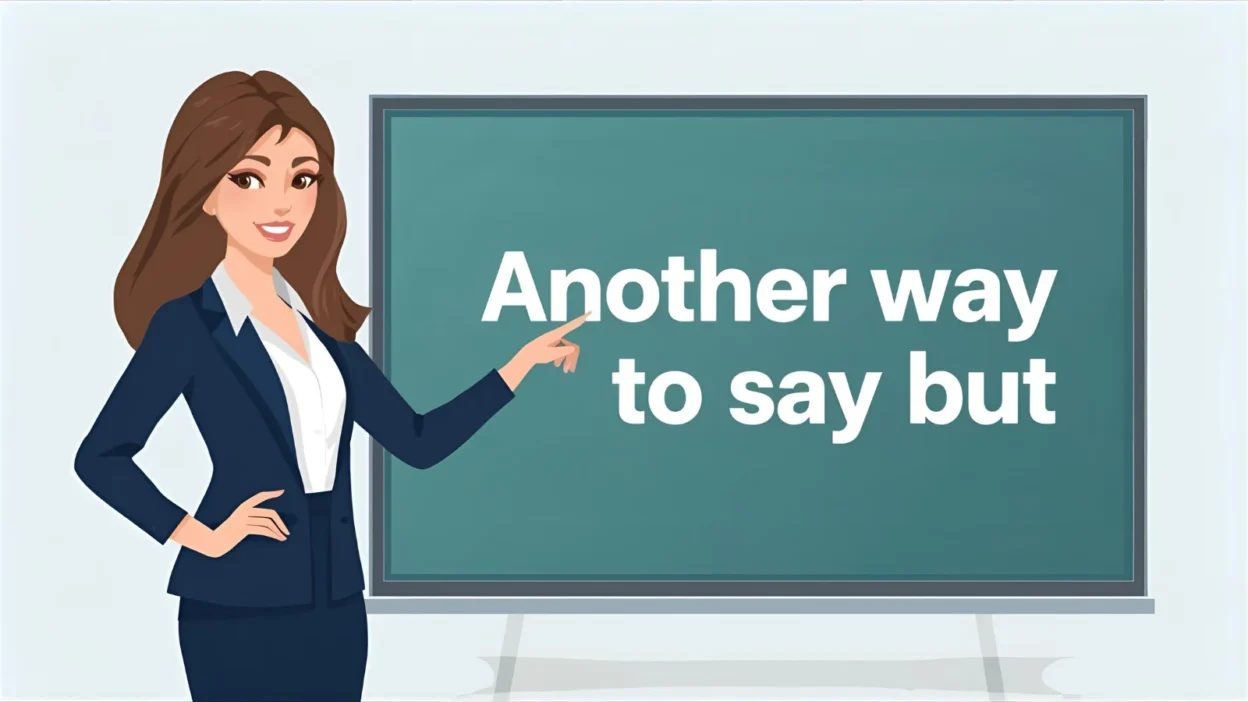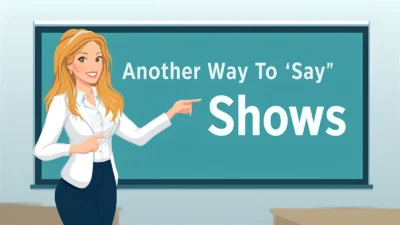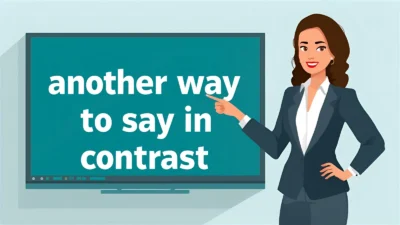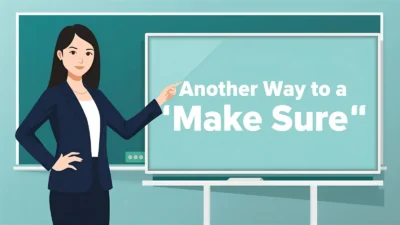The word “but” is one of the most frequently used connectors in English. It signals contrast, opposition, or exception. While effective, overusing “but” can make your writing sound repetitive, predictable, or even less polished in formal contexts. To improve variety and clarity in your communication, it helps to use alternative words and phrases that convey contrast in different tones and styles.
In this article, you’ll find 45 alternatives to “but” with meanings, detailed explanations, examples, best uses, and tones to match different situations—whether professional, academic, or casual.
1. However
Meaning: Introduces a contrasting statement.
Explanation: Formal and polished alternative to “but.”
Example: “The plan is promising; however, it requires significant funding.”
Best Use: Academic and professional writing.
Tone: Formal, professional.
2. Yet
Meaning: Shows contrast or unexpected outcome.
Explanation: Short, strong, and slightly dramatic.
Example: “She worked hard, yet the results were disappointing.”
Best Use: Concise writing, literature, formal or informal.
Tone: Neutral, impactful.
3. Nevertheless
Meaning: Indicates contrast despite a previous point.
Explanation: Emphasizes persistence or continuation.
Example: “The task was difficult; nevertheless, they completed it on time.”
Best Use: Formal, persuasive, academic writing.
Tone: Formal, emphatic.
4. Still
Meaning: Expresses continuation despite opposition.
Explanation: Short and conversational.
Example: “It was raining, still they decided to go hiking.”
Best Use: Informal writing and casual conversation.
Tone: Relaxed, informal.
5. On the Other Hand
Meaning: Introduces a contrasting viewpoint.
Explanation: Often used when weighing pros and cons.
Example: “This option is cheaper; on the other hand, it may not last as long.”
Best Use: Balanced arguments, discussions.
Tone: Neutral, explanatory.
6. Although
Meaning: Conveys contrast in dependent clauses.
Explanation: Often placed at the beginning of a sentence.
Example: “Although it was late, she kept working.”
Best Use: Writing that requires nuanced expression.
Tone: Formal, smooth.
7. Even Though
Meaning: Stronger than “although.”
Explanation: Emphasizes contrast more sharply.
Example: “Even though he was tired, he continued working.”
Best Use: Academic, narrative, or persuasive writing.
Tone: Emphatic, formal.
8. Despite That
Meaning: Acknowledges contrast while affirming the point.
Explanation: Useful for clear contradictions.
Example: “He faced many obstacles; despite that, he succeeded.”
Best Use: Academic and professional settings.
Tone: Formal, clear.
9. Though
Meaning: Adds a softer contrast.
Explanation: Common in both speech and writing.
Example: “The food was delicious, though a bit expensive.”
Best Use: Informal or semi-formal writing.
Tone: Conversational, flexible.
10. Even So
Meaning: Shows an unexpected contrast.
Explanation: Suggests something surprising given the circumstances.
Example: “The road was closed; even so, they managed to arrive on time.”
Best Use: Storytelling, persuasive writing.
Tone: Neutral, impactful.
11. Conversely
Meaning: Introduces an opposing idea.
Explanation: Highlights a direct opposite.
Example: “Some prefer city life; conversely, others enjoy the countryside.”
Best Use: Academic, analytical, or formal contexts.
Tone: Formal, logical.
12. Whereas
Meaning: Indicates contrast between two ideas.
Explanation: Commonly used in comparisons.
Example: “She enjoys classical music, whereas her brother prefers rock.”
Best Use: Formal comparisons, academic writing.
Tone: Formal, precise.
13. In Contrast
Meaning: Highlights differences.
Explanation: Often used when presenting data or opposing facts.
Example: “Sales rose in Europe; in contrast, they declined in Asia.”
Best Use: Academic and professional reports.
Tone: Objective, formal.
14. Nonetheless
Meaning: Signals contradiction while affirming persistence.
Explanation: Similar to “nevertheless” but slightly softer.
Example: “The task was exhausting; nonetheless, they completed it.”
Best Use: Professional writing, speeches.
Tone: Formal, polished.
15. But Then
Meaning: Suggests a surprising or contrasting shift.
Explanation: More casual than formal.
Example: “I was ready to leave, but then she called.”
Best Use: Storytelling, informal writing.
Tone: Conversational, casual.
16. Alternatively
Meaning: Introduces another option or contrast.
Explanation: Often used in problem-solving contexts.
Example: “We could expand the office; alternatively, we could invest in remote work.”
Best Use: Professional or academic discussions.
Tone: Neutral, logical.
17. Notwithstanding
Meaning: Means “in spite of.”
Explanation: Rare in casual use, common in formal writing.
Example: “Notwithstanding the difficulties, they pushed forward.”
Best Use: Legal, academic, or formal documents.
Tone: Formal, authoritative.
18. Albeit
Meaning: Means “although” or “though.”
Explanation: Often introduces concessions.
Example: “The design was impressive, albeit expensive.”
Best Use: Formal and literary contexts.
Tone: Elegant, formal.
19. Regardless
Meaning: Suggests opposition won’t change the outcome.
Explanation: Strong and assertive.
Example: “He decided to go, regardless of the risks.”
Best Use: Persuasive writing, speeches.
Tone: Strong, decisive.
20. On the Contrary
Meaning: Directly opposes a statement.
Explanation: Used to reject or contradict a point.
Example: “It wasn’t a failure; on the contrary, it was a valuable lesson.”
Best Use: Arguments, debates, essays.
Tone: Strong, assertive.
21. Otherwise
Meaning: Expresses contrast through consequences.
Explanation: Suggests an alternative scenario.
Example: “We must hurry; otherwise, we’ll miss the train.”
Best Use: Instructions, problem-solving.
Tone: Neutral, logical.
22. Except
Meaning: Excludes one idea while affirming another.
Explanation: Narrower in scope than “but.”
Example: “Everyone attended the meeting except John.”
Best Use: Everyday speech, professional writing.
Tone: Neutral, straightforward.
23. In Any Case
Meaning: Introduces a shift despite previous points.
Explanation: Useful for redirecting focus.
Example: “We may disagree; in any case, we need to move forward.”
Best Use: Semi-formal, discussions.
Tone: Neutral, transitional.
24. Still and All
Meaning: Emphasizes persistence despite obstacles.
Explanation: Slightly old-fashioned but expressive.
Example: “He failed twice; still and all, he tried again.”
Best Use: Storytelling, literature.
Tone: Poetic, emphatic.
25. Be That As It May
Meaning: Acknowledges a point but shifts to another.
Explanation: Sounds thoughtful and formal.
Example: “Be that as it may, we must address the issue at hand.”
Best Use: Formal discussions, persuasive writing.
Tone: Formal, reflective.
Conclusion
While “but” is simple and versatile, relying on it too much can weaken the variety and precision of your writing. Depending on your context, you might use “however” for formality, “yet” for impact, “on the other hand” for balance, or “nevertheless” for persuasion. Choosing the right alternative helps you adjust tone, emphasize contrast, and make your communication more effective and engaging.



